#Historic Anglican Church of St. Clement
Explore tagged Tumblr posts
Text


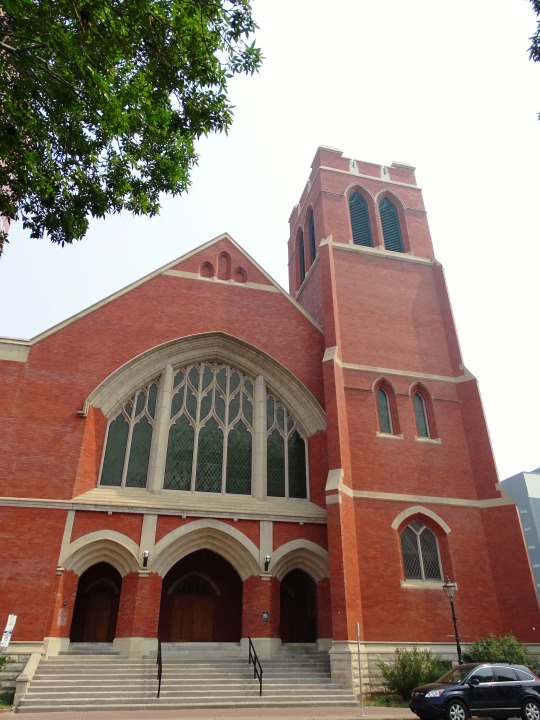

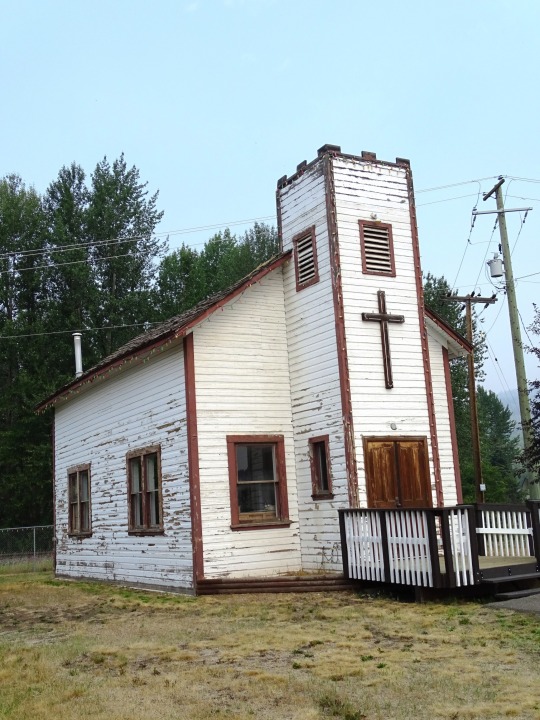

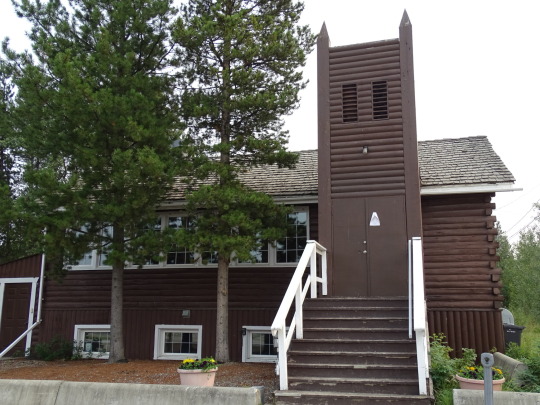


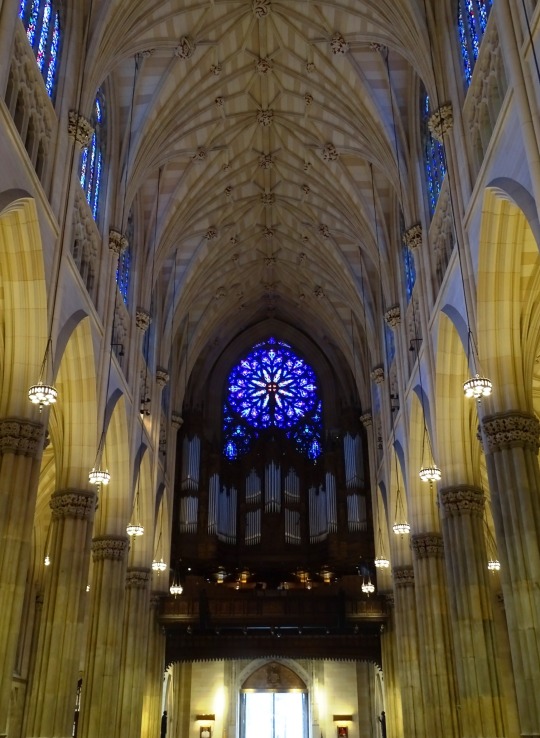
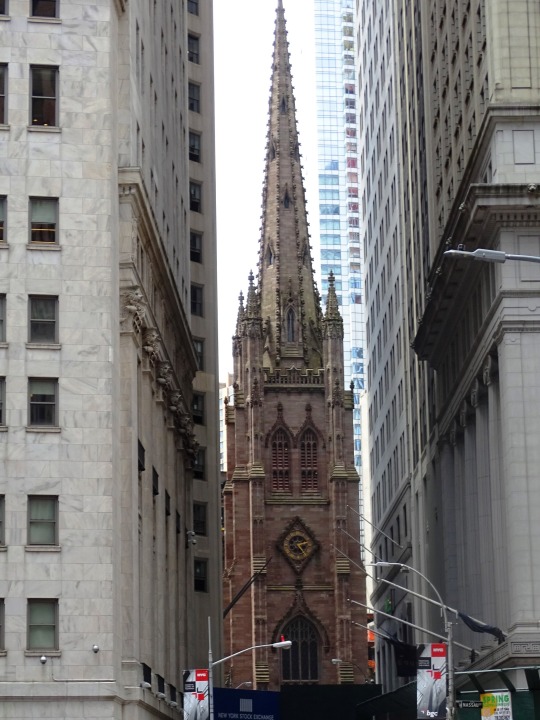

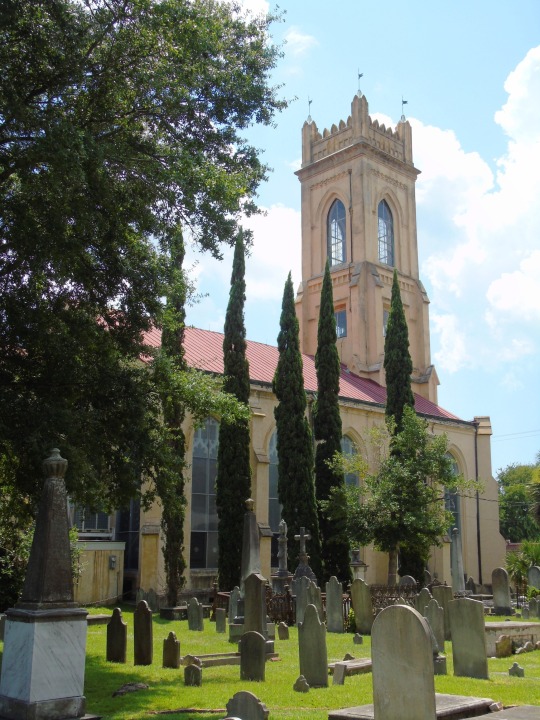


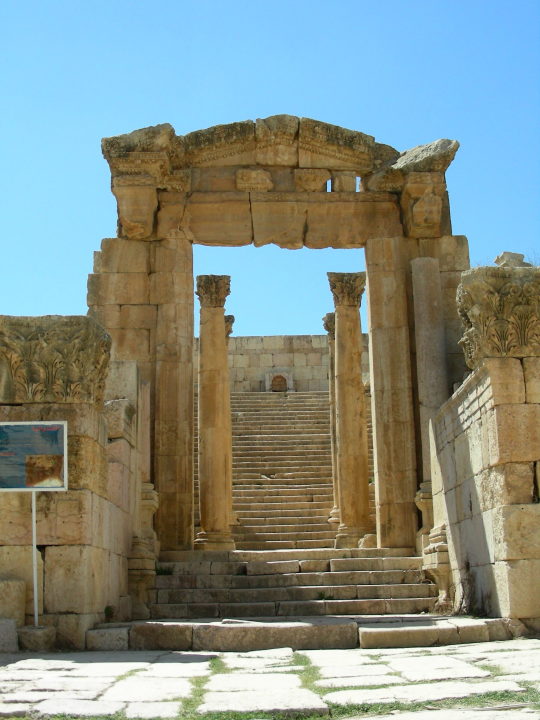



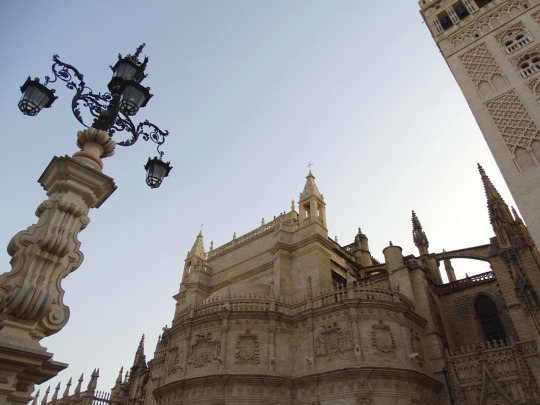

World Religion Day
World Religion Day is celebrated on the third Sunday in January every year, and is a reminder of the need for harmony and understanding between religions and faith systems. On this day, communities of different faiths have the opportunity to get together and listen to each other, as well as celebrate the differences and commonalities that the delicate intermingling of culture and religion brings. There are approximately 4,200 religions around the world. While many people live their lives without religion, faith in a higher being or power works for the majority of people. Whatever the reasons, we are all for the idea of people being unified despite differences, and celebrating them.
History of World Religion Day
The first official observance of World Religion Day (as it is known today), was in 1950, but the concept began a few years prior to that. In Portland, Maine, the National Spiritual Assembly of the Bahá’í Faith hosted a talk in Eastland Park Hotel in October 1947, culminating in the decision to observe an annual event, then known as World Peace Through World Religion. By 1949, the event began to be observed in other parts of the U.S. and grew more popular. By 1950, it came to be known as World Religion Day. On this day, at various different locations, many authors, educators, and philosophers are invited to speak on world religions and the importance of establishing and maintaining harmony between them. It’s a great forum for learning more about other religions and cultures too, and a chance to intermingle socially with people of different faiths and worldviews.
Since this concept was the brainchild of people from the Bahá’í Faith, it is worth exploring what this faith is and tracing its historical roots. As a religion, Bahá’í first emerged in Persia (modern-day Iran), in the 1800s. There are three core principles of this faith — unity of God, unity of religion, and unity of all mankind. It is a monotheistic faith, believing in a single god, and that the spiritual aspects of all religions in this world stem from this single god. Another central tenet is the belief in the innate equality of all human beings. Thus, all humans have the same rights and responsibilities. If you look at it, the Bahá’í Faith is an all-encompassing one that recognizes the commonalities between all religions, so Baháʼí believes that all faiths have common spiritual goals too, especially since religions are ever-evolving.
World Religion Day timeline
1800s The Baha`i Faith is Established
In Persia, around 1844, the Bahá'í Faith is established by a mix of people from Christian, Jewish, and Zoroastrian religious roots.
1949 World Peace Through World Religion
The first event takes place in Portland, Maine, to establish the foundation of World Religion Day.
1950 World Religion Day is First Observed
As World Peace Through World Religion begins to spread across the U.S., the celebration morphs into World Religion Day.
1957 Bahá'í Leadership Passes on to a Group
Rather than passing on from individual to individual, the death of Shoghi Effendi leads to the faith leadership passing to the Universal House of Justice.
World Religion Day FAQs
How many religions are there in the world?
Many scholars estimate that there are approximately 4,200 different active religions in the world today.
How many countries celebrate World Religion Day?
World Religion Day is currently celebrated in over 80 countries around the globe.
Which religion has the most adherents?
Christianity tops the list, with a whopping 2,3 billion. Next comes Islam with 1,8 billion. Third on the list are those unaffiliated with any particular religion, at 1,2 billion.
How to Observe World Religion Day
Attend an interfaith event
Engage with other religions
Try out a different religious experience
Many different organizations hold interfaith events on this day, where people can get together and hear about the beliefs and philosophies held by others of different faiths. These events are great spaces for eminent speakers, writers, and spiritual leaders to share openly about what they subscribe to, and why.
World Religion Day provides the perfect opportunity for people to step out of their individual bubbles and engage with the beliefs and spiritual ideologies of others. It’s about dialogue and the freedom to both express and listen; most importantly, it’s a time to learn from each other. This day reminds us that religion does not have to be a taboo subject, and everyone has a unique story to tell.
Religion is often inextricably linked with culture, so why not experience the best of both by attending a religious event of some sort, outside of your own? Whether it is going to a mosque or temple, or celebrating a religious festival you are not familiar with, it’s a great way to make inroads into different community groups and build relationships.
5 Facts About World Religions You May Not Know
You name it, there’s a patron saint for it
Wicca is not an ancient religion
Mormons have limited beverage options
The “Qur’an” mentions Jesus more than Muhammad
Hindus can also be atheists
In Catholicism, there is a patron saint for nearly everything, including coffee, beekeepers, and headaches.
Though it sounds like it would be ancient, considering its roots in European fertility cults, Wicca was introduced in the 1950s.
Mormons are forbidden from drinking beverages like tea, coffee, or alcohol; soda, however, seems to be okay.
Though this is not a popularity contest, the “Qur’an” apparently mentions Jesus Christ five times more than Muhammad.
While Hinduism is a polytheistic religion, it is also possible to be a practicing Hindu and an atheist — the moral and ethical code remains the same.
Why World Religion Day is Important
It purports to unite people
Interfaith harmony
A chance to experience something different
We love any day that seeks to bring people together, irrespective of differences, and this day fits the bill exactly. Whatever one’s religious beliefs and culture, the longing for acceptance and unity will be a fundamentally human one that unites us already.
World Religion Day offers people across the globe a chance to get to know others of different religions better, and seeks to foster a better understanding of religious differences through peaceful means such as dialogue.
The various interfaith and religious events organized by communities around the world are an exciting opportunity and opening for people to immerse themselves in spiritual experiences different from what they know. And so much of it is cultural that we see it as a win-win.
Source
#First Presbyterian Church by Wilson and Herrald#Edmonton#Idaho Falls#Calgary#Chinese United Church#Historic Anglican Church of St. Clement#Cathedral of Our Lady of the Holy Rosary#Seville Cathedral#Salt Lake Temple#Spain#Sweden#USA#original photography#architecture#cityscape#tourist attraction#landmark#Miami Beach#Temple Adath Yeshurun#Saint George Tropoforos Hellenic Orthodox Church#Syracuse#New York City#St. Patrick's Cathedral#Notre-Dame Basilica of Montréal#World Religion Day#19 January 2025#third Sunday in January#Basilica of Saints Peter and Paul#Canada
2 notes
·
View notes
Text
1500s resources
I saw that @wordsnstuff did 1600s resources and I really wanted to find a post like their one but for the 1500s as part of my story takes place then. I couldn’t find one though so I decided to make it myself. So get ready for a long post.
Major Historical Events in the 1500s
First black slaves in America brought to Spanish colony of Santo Domingo (1501)
Leonardo da Vinci paints the Mona Lisa (1503)
St. Peter's Church started in Rome(1506); designed and decorated by such artists and architects as Bramante, Michelangelo, da Vinci, Raphael, and Bernini before its completion in 1626
Michelangelo paints the ceiling of the Sistine Chapel (1508
Henry VIII ascends English throne (1509)
Balboa becomes the first European to encounter the Pacific Ocean (1513)
Machiavelli writes The Prince (1513)
Turks conquer Egypt, control Arabia (1517)
Martin Luther's 95 theses (1517) start of the Reformation in Germany
Ulrich Zwingli begins Reformation in Switzerland (1519)
Charles I of Spain is chosen Holy Roman Emperor Charles V (1519)
Portuguese explorer Ferdinand Magellan sets out to circumnavigate the globe (1519), Magellan reaches the Pacific, is killed by Philippine natives (1521), One of his ships under Juan Sebastián Elcano continues around the world, reaches Spain (1522)
Spanish conquest of the Aztec Empire (1519-1521)
Suleiman I, The Magnificent, becomes Sultan of Turkey, invades Hungary (1521) , Rhodes (1522), attacks Austria (1529), annexes Hungary (1541), Tripoli (1551), makes peace with Persia (1553), destroys Spanish fleet (1560), dies (1566)
Troops of the Holy Roman Empire attack Rome, imprison Pope Clement VII—the end of the Italian Renaissance (1527)
Siege of Vienna (1529)
Pizarro marches from Panama to Peru, kills the Inca chieftain, Atahualpa, of Peru (1533)
Reformation begins as Henry VIII makes himself head of English Church after being excommunicated by Pope (1534), Sir Thomas More executed as traitor for refusal to acknowledge king's religious authority (1535)
John Calvin establishes Reformed and Presbyterian form of Protestantism in Switzerland, writes Institutes of the Christian Religion. Danish and Norwegian Reformations (1536)
Michelangelo's Last Judgment (1536)
John Knox leads Reformation in Scotland (1541), establishes Presbyterian church there (1560)
Publication of On the Revolution of Heavenly Bodies by Polish scholar Nicolaus Copernicus—giving his theory that the earth revolves around the sun (1543)
Ivan IV, the Terrible, crowned as czar of Russia, begins conquest of Astrakhan and Kazan (1552), battles nobles (boyars) for power (1564), kills his son (1580), dies, and is succeeded by his son, Fyodor I
Roman Catholicism restored in England by Queen Mary I (1553)
Akbar the Great becomes Mogul emperor of India, conquers Afghanistan (1581), continues wars of conquest (until 1605)
Queen Elizabeth I ascends the throne (rules from 1559 to 1603). Restores Protestantism, establishes state Church of England (Anglicanism). Renaissance will reach height in England
The peak of European witchcraft trials (1560-1630)
Persecution of Huguenots in France stopped by Edict of Orleans(1562). French religious wars begin again with massacre of Huguenots at Vassy. St. Bartholomew's Day Massacre—thousands of Huguenots murdered (1572). Amnesty granted (1573). Persecution continues periodically until Edict of Nantes (1598) gives Huguenots religious freedom (until 1685)
Protestant Netherlands revolts against Catholic Spain (1568); independence will be acknowledged by Spain in 1648
Turks attack Cyprus and war on Venice(1570). Turkish fleet defeated at Battle of Lepanto by Spanish and Italian fleets (1571). Peace of Constantinople (1572) ends Turkish attacks on Europe.
Francis Drake returns to England after circumnavigating the globe; knighted by Queen Elizabeth I (1581)
William of Orange rules the Netherlands; assassinated on orders of Philip II of Spain (1584)
Mary, Queen of Scots, executed for treason by order of Queen Elizabeth I (1587)
The defeat of the Spanish Armada (1589)
Henry IV enters Paris (1590), wars on Spain (1595), marries Marie de Medici (1600), assassinated (1610)
Galileo's Leaning Tower of Pisa experiment (1590)
Boris Godunov becomes Russian czar (1598)
Tycho Brahe describes his astronomical experiments (1598)
The beginning of the Tokugawa shogunate (1600)
People, food and entertainment
1500s Significant people
1500s Foods
1400-1500s Alcohol
1500s Entertainment
1500s Exploration
1500s Visual artists
1500s Musicians and composers
1500s Literature
1500s Science and philosophy
1500s Inventions, discoveries, introductions
Clothing
1500-1550 Western European fashion
1550-1600 Western European fashion
Ming dynasty clothing
Vedic period clothing
Names
English names
English Mens names
Lists for English names
Portuguese Names
Spanish Names
Manx Names
Countries
1500s in the Aztec civilization
1500s in Brazil
1500s in Denmark
1500s in England
1500s in France
1500s in Germany
1500s in the Habsburg Netherlands
1500s in the Holy Roman Empire
1500s in India
1500s in Ireland
1500s in Italy
1500s in Japan
1500s in Lithuania
1500s in Mexico
1500s in New Spain
1500s in Norway
1500s in the Ottoman Empire
1500s in the Papal States
1500s in the Philippines
1500s in Poland
1500s in Portugal
1500s in the Portuguese Empire
1500s in Portuguese India
1500s in Venezuela
1500s in the Republic of Venice
1500s in Scotland
1500s in Spain
1500s in Sweden
And that’s it. This took a while to complete but I hope this is helpful to some of you. I actually had a lot more fun on this than I thought I would and wouldn’t mind making a master list of other topics.
So, If there are any topics you guys want a post that has most of the resources linked too send me an ask with the subject (like female pirates or something) (if you want specifics make sure to let me know) And I’ll make another one of these for that topic as long as its a topic I’m comfortable with researching :D
#I hope this helps someone#writing resources#resources#1500s#late 1500s#early 1500s#mid 1500s#mid 16th century#Writing#writeblr#writblr#write#writers on tumblr#writers of tumblr#writers#names#history#people#entertainment#16th century#food#clothing
138 notes
·
View notes
Photo

What You Need to Know About the Reality of the Church and Ecumenism
According to Scripture, Christ founded a visible church that has the authority to teach and discipline believers, and will never go out of existence (Matt. 16:18-19, 18:17). St. Paul tells us that this Church was built on “the foundation of the apostles” (Eph. 2:20) and would have a hierarchy composed of deacons (1 Tim. 2:8-13); presbyters, from where we get the English word priest (1 Tim. 5:17); and bishops (1 Tim. 3:1-7). Paul even instructed one of these bishops, Titus, to appoint priests on the island of Crete (Titus 1:5). This visible structure is very clear in the Bible.
Unlike the apostles, who would eventually die, Christ’s Church would remain on earth until his Second Coming. In order to accomplish this, the apostles passed their authority to bind and loose doctrine (Matt. 18:18), forgive sins (John 20:23), and speak on behalf of Christ to their successors (Luke 10:16). Acts 1:20, for example, records how after Judas’s death, Peter proclaimed that Judas’s office (or, as the KJV translates it, his bishopric) would be transferred to a worthy successor. In 1 Timothy 5:22, Paul warned Timothy to “not be hasty in the laying on of hands” when Timothy appointed new leaders in the Church.
The visible, historical reality
There are very early accounts of this hierarchy in the texts of early Christian authors. In A.D. 110, St. Ignatius of Antioch told his readers:
Follow the bishop, even as Jesus Christ does the Father, and the presbytery as you would the apostles; and reverence the deacons, as being the institution of God. Let no man do anything connected with the Church without the bishop (Letter to the Smyrnaeans).
At the end of the first century, the fourth pope, Clement I, reminded the Christians in the city of Corinth about apostolic succession, saying:
Our apostles knew through our Lord Jesus Christ that there would be strife for the office of bishop. For this reason, therefore, having received perfect foreknowledge, they appointed those who have already been mentioned and afterwards added the further provision that, if they should die, other approved men should succeed to their ministry (Letter to the Corinthians, 44:1–3).
Both the New Testament and the records of the early Church show that this succession of authority has enabled the Church to preserve the apostles’ original teachings. For example, the book of Acts describes how the members of the Church “held steadfastly to the apostles’ teaching and fellowship, to the breaking of the bread and to the prayers” (Acts 2:42). The Didache, a first-century catechism, exhorts Christians to “Assemble on the Lord’s day, and break bread and offer the Eucharist; but first make confession of your faults, so that your sacrifice may be a pure one” (Didache, 14).
In the second century, St. Justin Martyr wrote about the Mass and how the assembled “offer hearty prayers in common for ourselves and for the baptized [illuminated] person, and for all others in every place,” and after that, they “salute one another with a kiss.” The presider then takes bread and wine and does the following:
[He] gives praise and glory to the Father of the universe, through the name of the Son and of the Holy Ghost, and offers thanks at considerable length for our being counted worthy to receive these things at his hands. And when he has concluded the prayers and thanksgivings, all the people present express their assent by saying Amen (First Apology, 65).
Justin’s description corresponds to the prayers of the faithful, the kiss of peace, the prayer of thanksgiving, and the great amen that are still said at Mass today.
The invisible, communal reality
There is also a sense in which “the Church” exists as the invisible bond of unity among all baptized Christians, which include Catholics, Protestants, and the Eastern Orthodox. But that is not the same as saying the Church just is this invisible bond of unity.
According to the Congregation for the Doctrine of the Faith (CDF), “the Christian faithful are therefore not permitted to imagine that the Church of Christ is nothing more than a collection��divided, yet in some way one—of churches and ecclesial communities” (Dominus Iesus, 17). The CDF went on to say that the faithful can’t say the one Church of Christ doesn’t really exist or that it is merely a goal toward which all Christians should strive. They must instead acknowledge that “the elements of this already-given Church exist, found in their fullness in the Catholic Church” as taught by John Paul II (Ut Unum Sint, 14).
The Second Vatican Council taught that this one Church of Christ:
[C]onstituted and organized in the world as a society, subsists in the Catholic Church [emphasis added], which is governed by the successor of Peter and by the bishops in communion with him, although many elements of sanctification and of truth are found outside of its visible structure. These elements, as gifts belonging to the Church of Christ, are forces impelling toward catholic unity (Lumen Gentium, 8).
Some may wonder why the Council Fathers used the phrase “subsists in the Catholic Church” rather than “is the Catholic Church” in this paragraph. This was done to affirm that non-Catholic Christian churches can contain true doctrines. They are also capable of bringing about sanctification, or an increase in holiness, among their members. One example of this would be Eastern Orthodox churches, since they have valid holy orders and valid sacraments like the Eucharist. However, since they do not recognize the unique authority of the pope as well as other important doctrines, they are considered separated brethren who are only in partial communion with Christ’s Church. The CDF said in 2007:
It is possible, according to Catholic doctrine, to affirm correctly that the Church of Christ is present and operative in the churches and ecclesial communities not yet fully in communion with the Catholic Church, on account of the elements of sanctification and truth that are present in them (To Some Questions Regarding Certain Aspects Of The Doctrine On The Church).
The term “ecclesial communities” refers to denominations that came into existence as a result of the Protestant Reformation. Unlike the Eastern Orthodox, or even Anglicans in the seventeenth century, these denominations lack a valid priesthood, and so they cannot confer the sacrament of the Eucharist, which is the source and summit of the Christian life. Even though these Christians do not belong to churches in the proper sense of the word, the CDF acknowledged that “those who are baptized in these [ecclesial] communities are, by baptism, incorporated in Christ and thus are in a certain communion, albeit imperfect, with the Church” (Dominus Iesus, 17).
The vitality of ecumenism
The Catholic Church acknowledges what is holy and true in other Christian communities, but it does not let these things undercut the necessity of evangelizing our separated brethren. Indeed, it would be unloving to withhold the saving power of the sacraments for fear that the Church’s teaching on these matters may offend those who disagree. As John Paul II said, “ecumenism is directed precisely to making the partial communion existing between Christians grow toward full communion in truth and charity” (Dominus Iesus, 17).
4 notes
·
View notes
Text
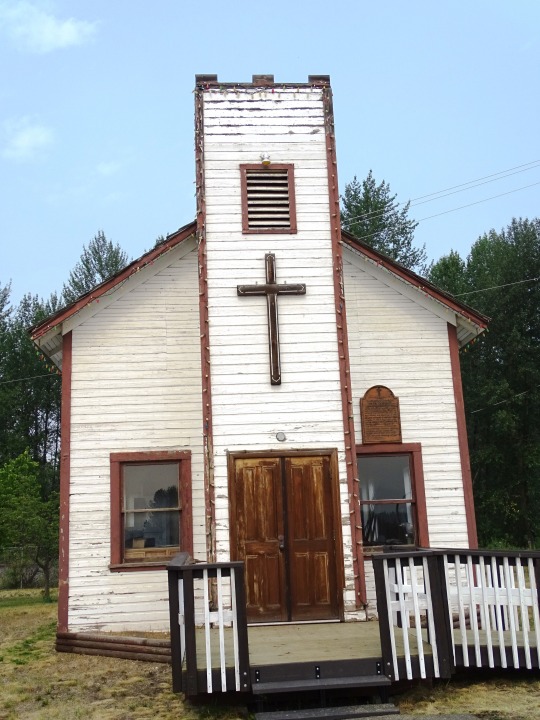
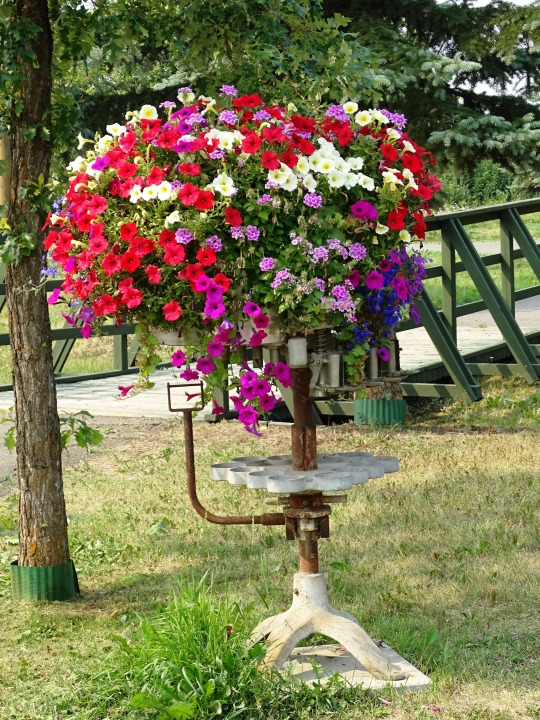



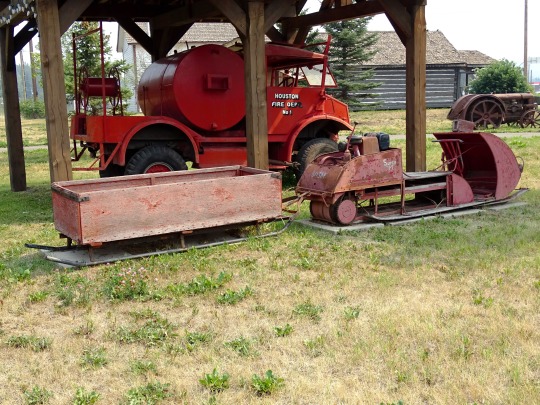




Houston, BC (No. 6)
Houston is known as the world’s Steelhead capital of the world, and is proud to be the home to Canada’s largest fl y rod which is located in our award-winning Steelhead Park located on Highway 16. It is also home to the Houston’s Visitor Centre. The park is a perfect setting for a leisurely stroll or picnic and includes the lovely Steelhead fountain and our majestic, giant “Phantom Grizzly bear” weighing 975 pounds (visible 24/7 at the visitor centre), and our local museum’s “Walk through History”.
Source
#old#Historic Houston Schoolhouse#historic heritage village#Historic Houston Firetruck#Historic Anglican Church of St. Clement#tractor#Steelhead Park#Yellowhead Highway#travel#original photography#vacation#tourist attraction#landmark#landscape#flora#summer 2023#Canada#British Columbia#forest#tree#meadow#Bulkley Valley#roadside attraction#architecture#cityscape#“Walk Through#History#snowmobile#snow plow#old Mission House
9 notes
·
View notes
Text










Houston, BC (No. 5)
Don’t miss the Houston Museum Society’s “Walk Through History” on the west side of the park. Prominently featured on the walk are Houston’s first fire truck, a 1955 snowmobile, tractor and buildings with peek-able windows allowing a glimpse into days of old. The buildingsinclude Houston’s first schoolhouseportraying a classroom scene from 1916 and Houston’s first Anglican Church. The doors are open seasonally for visitors to enjoy with organ music being played in the back ground.
Source
#Historic Houston Schoolhouse#historic heritage village#Historic Houston Firetruck#Historic Anglican Church of St. Clement#tractor#Steelhead Park#Yellowhead Highway#travel#original photography#vacation#tourist attraction#landmark#landscape#flora#summer 2023#Canada#British Columbia#forest#tree#meadow#Bulkley Valley#roadside attraction#architecture#cityscape#“Walk Through#History#snowmobile#snow plow
8 notes
·
View notes
Text

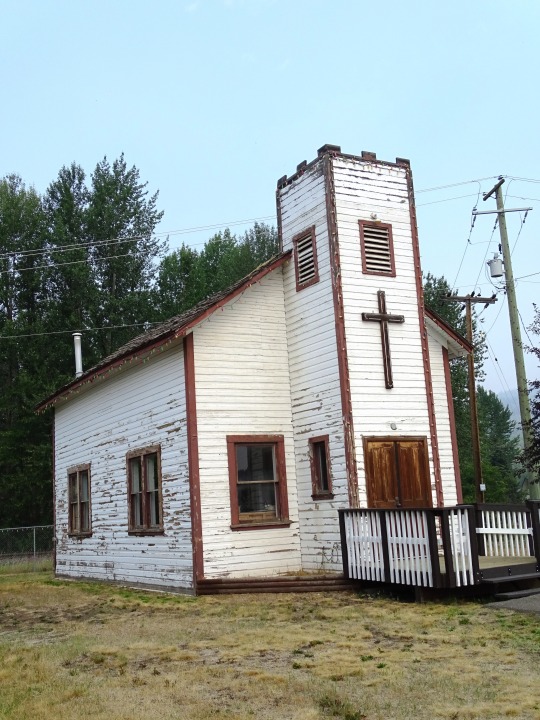
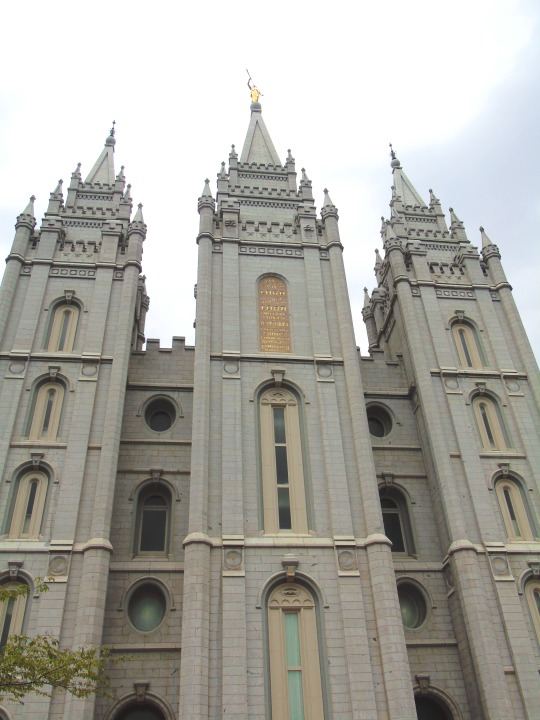
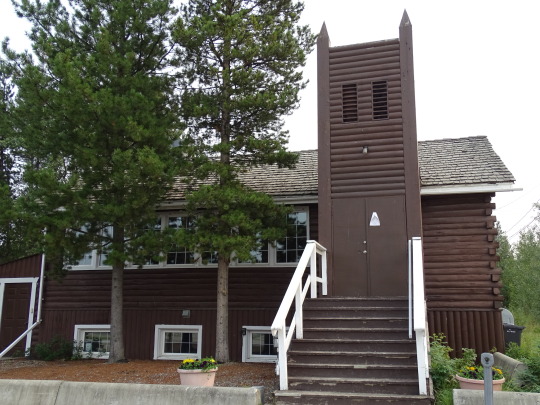
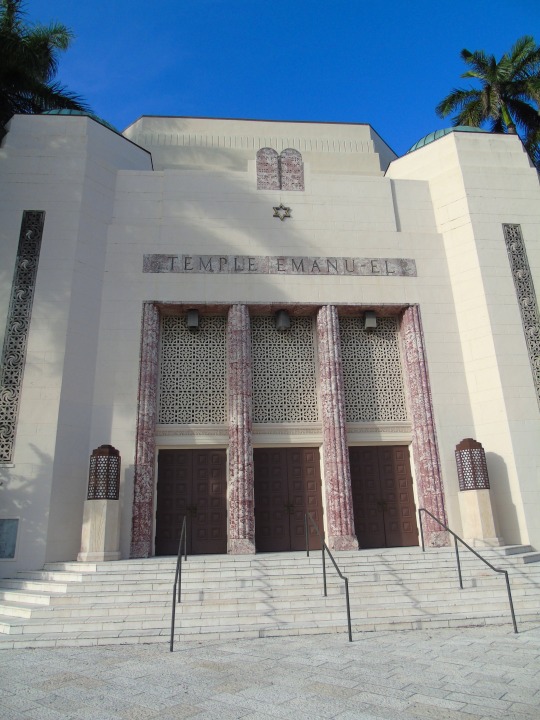
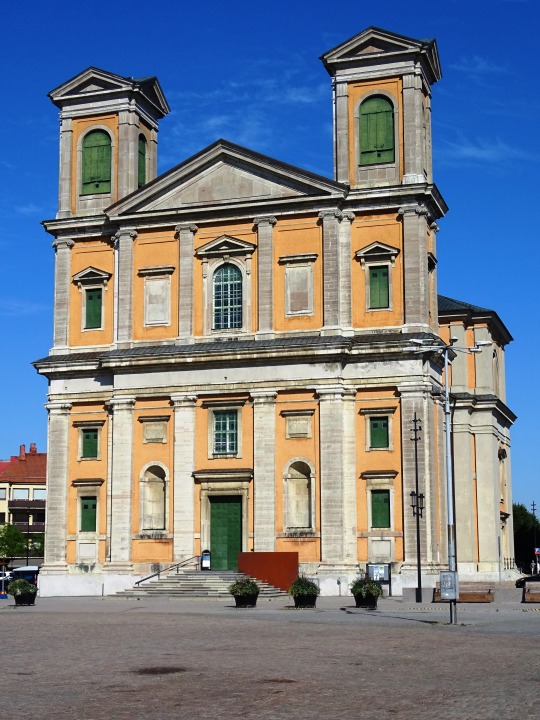
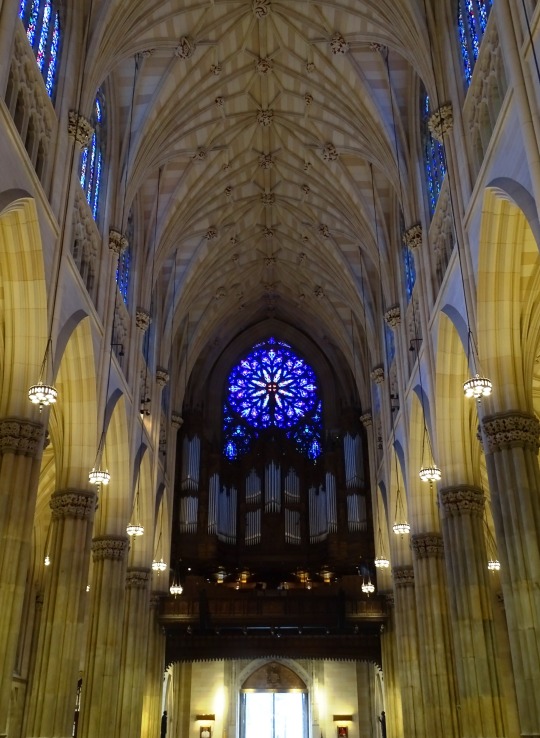
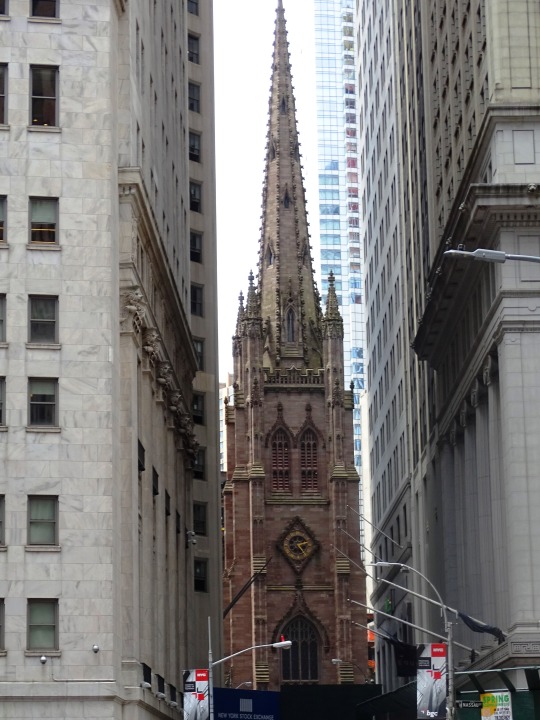
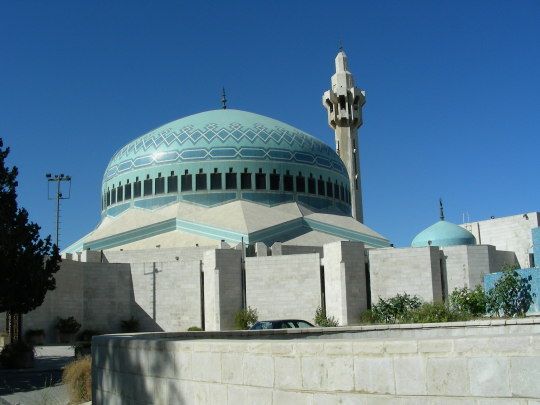
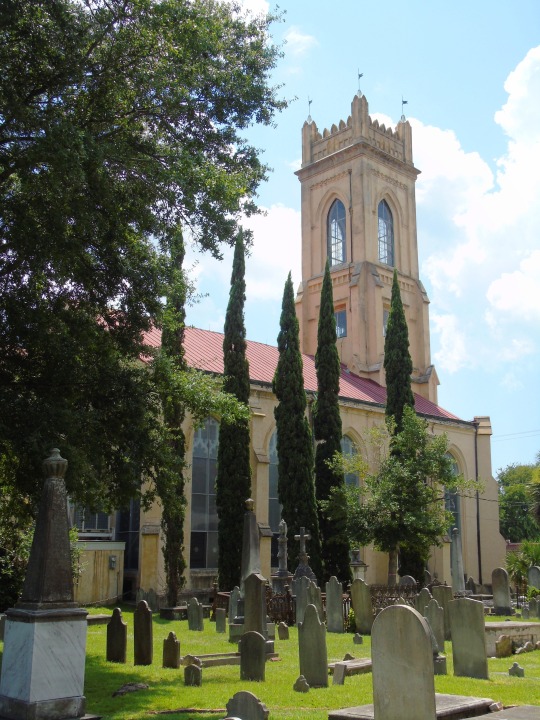
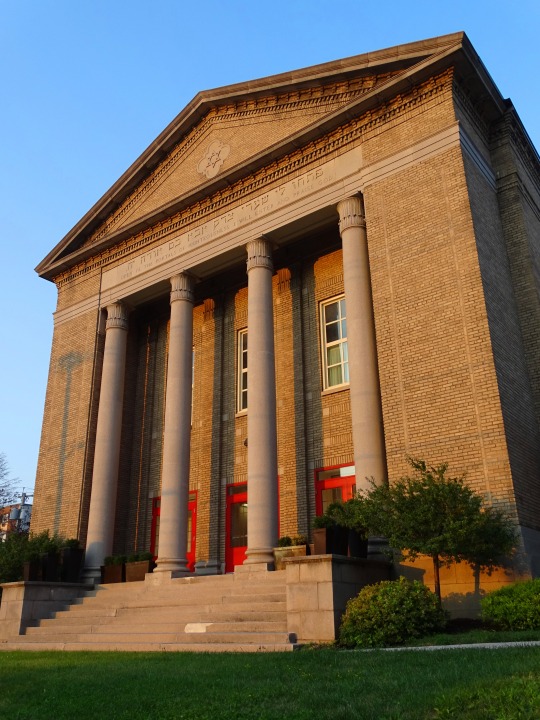
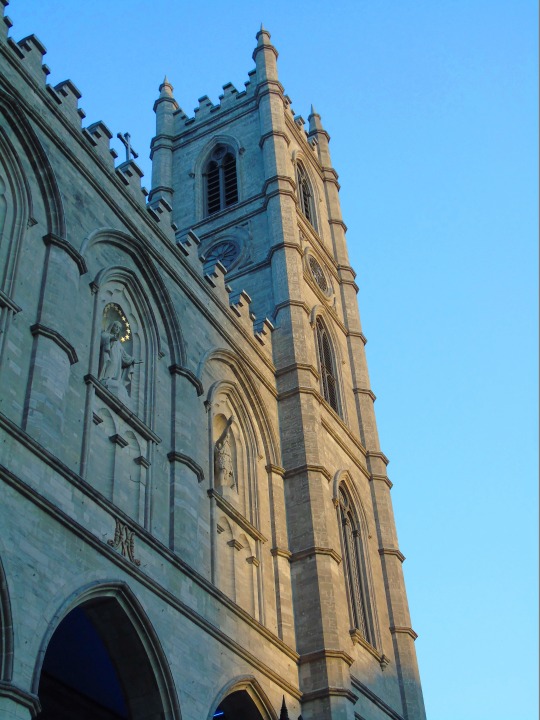
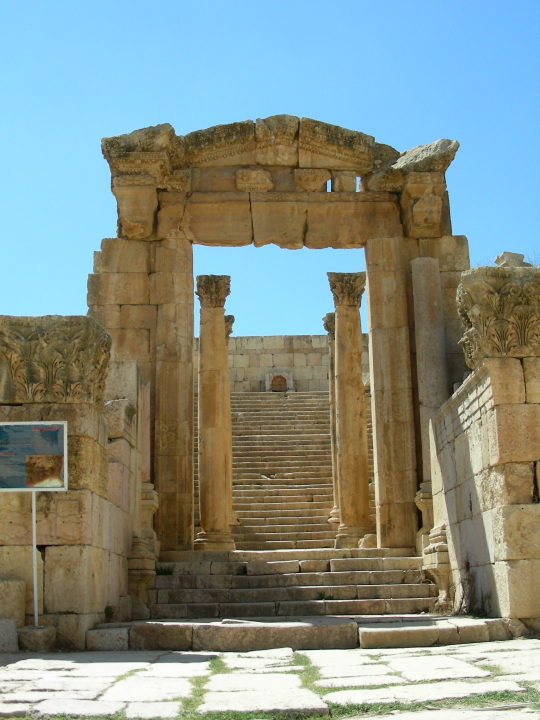
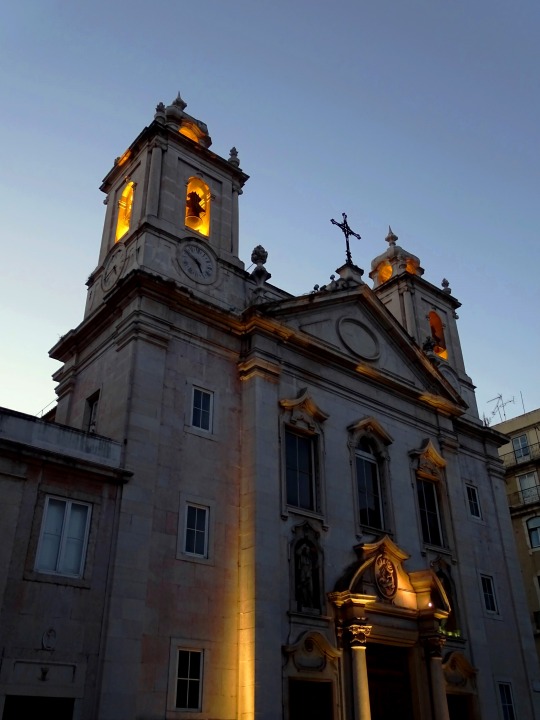
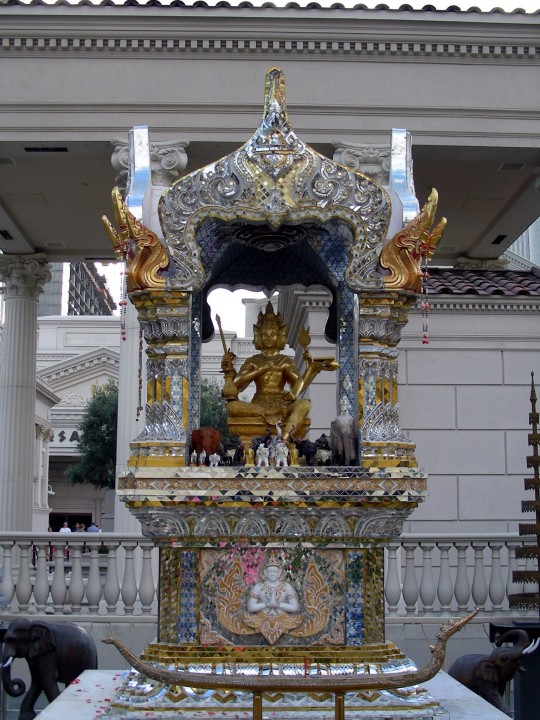
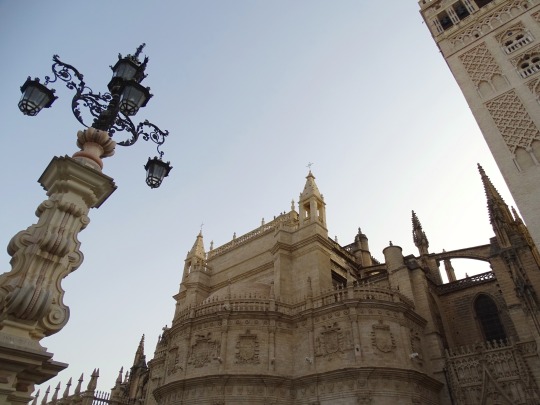
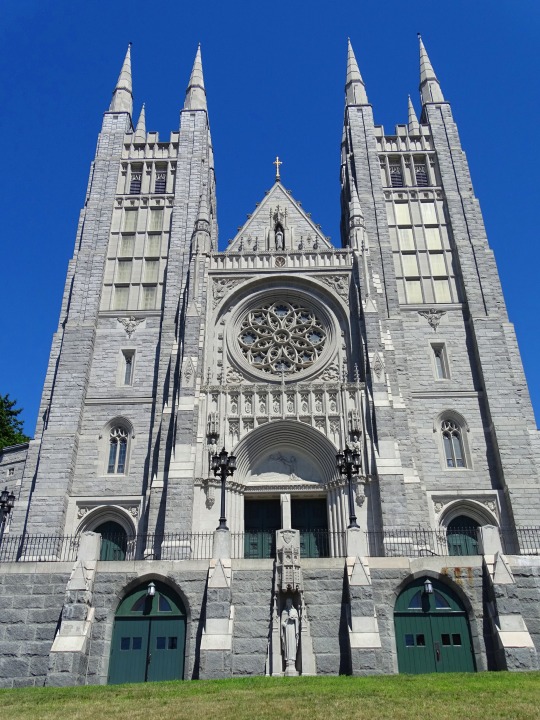
World Religion Day
World Religion Day is celebrated on the third Sunday in January every year, and is a reminder of the need for harmony and understanding between religions and faith systems. On this day, communities of different faiths have the opportunity to get together and listen to each other, as well as celebrate the differences and commonalities that the delicate intermingling of culture and religion brings. There are approximately 4,200 religions around the world. While many people live their lives without religion, faith in a higher being or power works for the majority of people. Whatever the reasons, we are all for the idea of people being unified despite differences, and celebrating them.
History of World Religion Day
The first official observance of World Religion Day (as it is known today), was in 1950, but the concept began a few years prior to that. In Portland, Maine, the National Spiritual Assembly of the Bahá’í Faith hosted a talk in Eastland Park Hotel in October 1947, culminating in the decision to observe an annual event, then known as World Peace Through World Religion. By 1949, the event began to be observed in other parts of the U.S. and grew more popular. By 1950, it came to be known as World Religion Day. On this day, at various different locations, many authors, educators, and philosophers are invited to speak on world religions and the importance of establishing and maintaining harmony between them. It’s a great forum for learning more about other religions and cultures too, and a chance to intermingle socially with people of different faiths and worldviews.
Since this concept was the brainchild of people from the Bahá’í Faith, it is worth exploring what this faith is and tracing its historical roots. As a religion, Bahá’í first emerged in Persia (modern-day Iran), in the 1800s. There are three core principles of this faith — unity of God, unity of religion, and unity of all mankind. It is a monotheistic faith, believing in a single god, and that the spiritual aspects of all religions in this world stem from this single god. Another central tenet is the belief in the innate equality of all human beings. Thus, all humans have the same rights and responsibilities. If you look at it, the Bahá’í Faith is an all-encompassing one that recognizes the commonalities between all religions, so Baháʼí believes that all faiths have common spiritual goals too, especially since religions are ever-evolving.
World Religion Day timeline
1800s The Baha`i Faith is Established
In Persia, around 1844, the Bahá'í Faith is established by a mix of people from Christian, Jewish, and Zoroastrian religious roots.
1949 World Peace Through World Religion
The first event takes place in Portland, Maine, to establish the foundation of World Religion Day.
1950 World Religion Day is First Observed
As World Peace Through World Religion begins to spread across the U.S., the celebration morphs into World Religion Day.
1957 Bahá'í Leadership Passes on to a Group
Rather than passing on from individual to individual, the death of Shoghi Effendi leads to the faith leadership passing to the Universal House of Justice.
World Religion Day FAQs
How many religions are there in the world?
Many scholars estimate that there are approximately 4,200 different active religions in the world today.
How many countries celebrate World Religion Day?
World Religion Day is currently celebrated in over 80 countries around the globe.
Which religion has the most adherents?
Christianity tops the list, with a whopping 2,3 billion. Next comes Islam with 1,8 billion. Third on the list are those unaffiliated with any particular religion, at 1,2 billion.
How to Observe World Religion Day
Attend an interfaith event
Engage with other religions
Try out a different religious experience
Many different organizations hold interfaith events on this day, where people can get together and hear about the beliefs and philosophies held by others of different faiths. These events are great spaces for eminent speakers, writers, and spiritual leaders to share openly about what they subscribe to, and why.
World Religion Day provides the perfect opportunity for people to step out of their individual bubbles and engage with the beliefs and spiritual ideologies of others. It’s about dialogue and the freedom to both express and listen; most importantly, it’s a time to learn from each other. This day reminds us that religion does not have to be a taboo subject, and everyone has a unique story to tell.
Religion is often inextricably linked with culture, so why not experience the best of both by attending a religious event of some sort, outside of your own? Whether it is going to a mosque or temple, or celebrating a religious festival you are not familiar with, it’s a great way to make inroads into different community groups and build relationships.
5 Facts About World Religions You May Not Know
You name it, there’s a patron saint for it
Wicca is not an ancient religion
Mormons have limited beverage options
The “Qur’an” mentions Jesus more than Muhammad
Hindus can also be atheists
In Catholicism, there is a patron saint for nearly everything, including coffee, beekeepers, and headaches.
Though it sounds like it would be ancient, considering its roots in European fertility cults, Wicca was introduced in the 1950s.
Mormons are forbidden from drinking beverages like tea, coffee, or alcohol; soda, however, seems to be okay.
Though this is not a popularity contest, the “Qur’an” apparently mentions Jesus Christ five times more than Muhammad.
While Hinduism is a polytheistic religion, it is also possible to be a practicing Hindu and an atheist — the moral and ethical code remains the same.
Why World Religion Day is Important
It purports to unite people
Interfaith harmony
A chance to experience something different
We love any day that seeks to bring people together, irrespective of differences, and this day fits the bill exactly. Whatever one’s religious beliefs and culture, the longing for acceptance and unity will be a fundamentally human one that unites us already.
World Religion Day offers people across the globe a chance to get to know others of different religions better, and seeks to foster a better understanding of religious differences through peaceful means such as dialogue.
The various interfaith and religious events organized by communities around the world are an exciting opportunity and opening for people to immerse themselves in spiritual experiences different from what they know. And so much of it is cultural that we see it as a win-win.
Source
#Historic Anglican Church of St. Clement#Cathedral of Our Lady of the Holy Rosary#Seville Cathedral#Salt Lake Temple#Spain#Salt Lake City#Sweden#USA#Fredrikskyrkan Church#Karlskrona#original photography#architecture#cityscape#tourist attraction#landmark#Temple Emanu-El#Miami Beach#Temple Adath Yeshurun#Saint George Tropoforos Hellenic Orthodox Church#Syracuse#New York City#St. Patrick's Cathedral#Notre-Dame Basilica of Montréal#Amman#World Religion Day#21 January 2024#third Sunday in January#Basilica of Saints Peter and Paul
1 note
·
View note